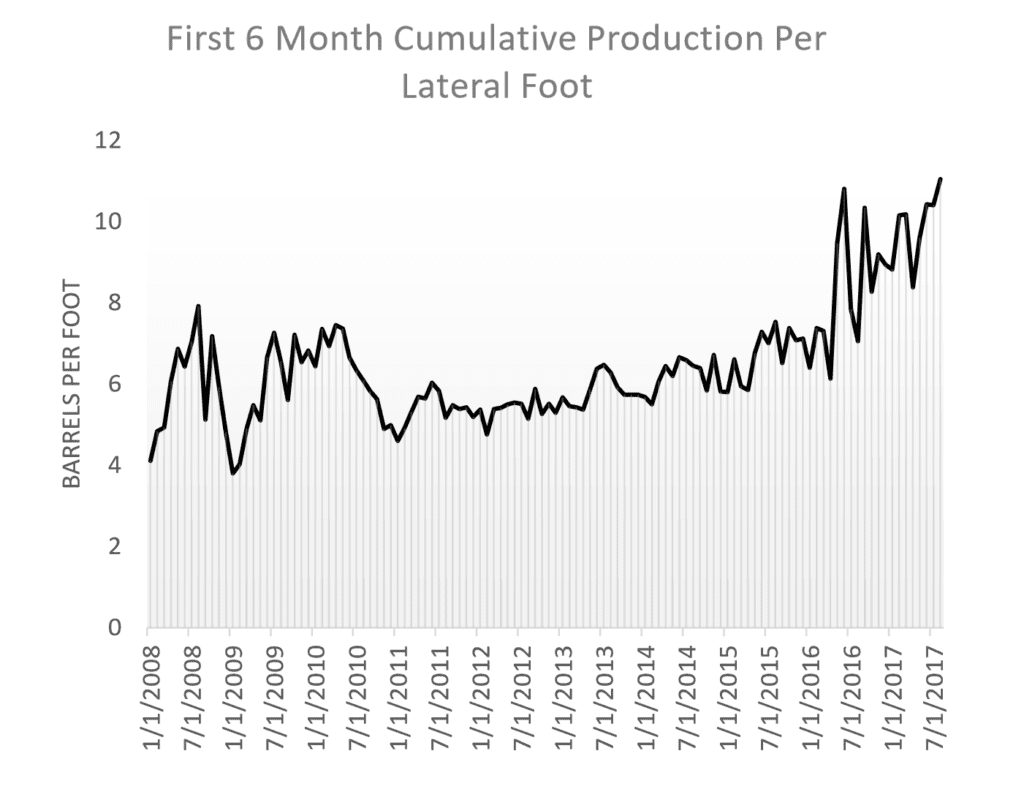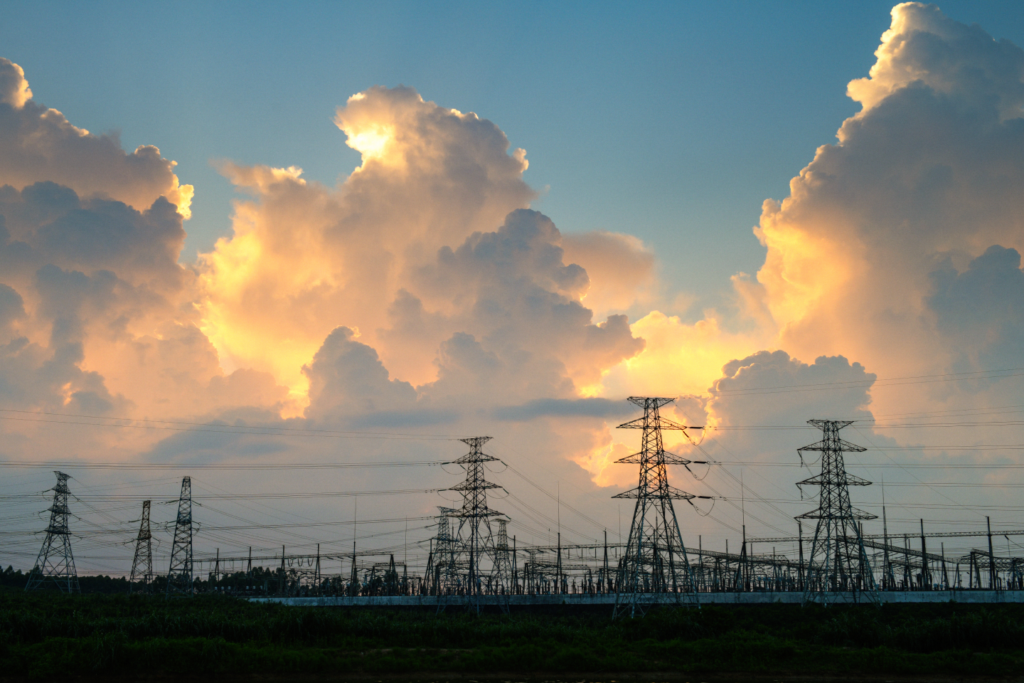
Featured Articles and Interviews
- Click below to read a specific category.
Read All
News / Articles | December 15, 2025 | The Steve Gruber Show
Trisha Curtis, macroeconomist and CEO of PetroNerds, dives into the forces driving America’s rising power bills, from U.S. shale markets to energy geopolitics with China. She explains the critical role of Alaska energy production, mining, and pipeline infrastructure, as well as the growing importance of LNG exports, in stabilizing domestic energy supply and lowering costs. Curtis highlights how expanding responsible American energy production can strengthen energy independence, support families and businesses, and keep power affordable for everyday Americans.
News / Articles | November 18, 2025 | The Daily Signal
U.S. electricity prices have risen from 13 cents per kilowatt-hour in 2020 to 19 cents per kWh in 2025. Prices on the East and West coasts and in major U.S. cities are far higher. Most of these price increases took place under the Biden administration when states and the federal government forced wind and solar into the grid at the expense of coal, natural gas, and the U.S. consumer. Prices for electricity, prior to 2020, were nearly flat for a decade.
News / Articles | October 29, 2025 | The Steve Gruber Show
Trisha Curtis, macroeconomist, CEO of PetroNerds, and energy expert with a focus on U.S. shale markets, geopolitics, and China, joins Steve to discuss how America can win against Communist China through energy independence and innovation. They explore the critical role of U.S. energy production, the global implications of China’s energy strategies, and what policymakers and Americans need to understand about energy security as a national security tool. Trisha also breaks down the latest market trends and how they intersect with geopolitics.
News / Articles | October 19, 2025 | Daily Caller
China spent the past 40 years building an industrial powerhouse, fueled by coal while American politicians, Europe, and California focused on decarbonizing and green washing. Such efforts enabled the purchase of Chinese wind turbines, solar panels, and batteries, made from cheap coal, further subsidized power, and forced labor.
News / Articles | September 5, 2025 | Daily Caller
“The U.S. is producing 13.6 million barrels per day, more than any nation on earth, ever. The importance of this production to the economy as well as energy security and national security is profound,” Trisha Curtis, a macroeconomist with expertise in U.S. shale markets and an economist for the American Energy Institute, told the DCNF. “The U.S. is now not only the largest oil and natural gas producer in the world, but it is the largest crude and product exporter in the world, enabling greater U.S. and global energy security. The next two largest producers in the world, Russia and Saudi Arabia, are both producing around 10 million barrels per day by comparison.”
News / Articles | August 26, 2025 | DV Journal
“China hosts one-third of the world’s power generation,” said Trisha Curtis, the chief executive of the energy consultancy PetroNerds. “When it comes to power generation, they’ve got us beat. That’s a big problem.”
News / Articles | July 25, 2025 | Observing China
The Trump administration is trying to curb unfair and abusive Chinese trade practices; practices exacerbated since Beijing’s accession into the World Trade Organisation in 2001. A response to the tariffs imposed by Donald Trump, President of the United States (US) has been the restriction of rare earth mineral exports to the US.
Commentary | June 9, 2025 | Washington Times
Amid tariffs and the anticipation of dramatic shifts in trading between the U.S. and China, it is important to appreciate the role of energy in strategic competition. Energy is fundamental to China’s manufacturing prowess and overcapacity.
Debate among analysts and pundits about tariffs is rife, but the fact that the U.S. receives cheap products from China is not debatable. The rest of the world worries that if the U.S. does not take all these products, from solar panels to dolls, then it will receive them.
Commentary | May 7, 2025 | Washington Times
“Drill, baby, drill” and “frack, frack, frack” were campaign slogans from decades past. They are back in the White House and within the Trump administration, and that is great news for Americans.

Podcast | March 15, 2021 | The Crude Life Morning Show
Trisha Curtis is the President and CEO of Denver based oil and gas advisory firm, PetroNerds. Trisha took some time to talk about her experience and knowledge in the industry and the amount of information she shares is vast.

Around the World and Back to the DJ
PetroNerds presented at the Colorado Oil and Gas Association’s annual Energy Summit on August 21st, 2018. Trisha Curtis’ presentation highlighted global oil market trends and

Hedging Haircuts and Big Basis Moves
We just updated HedgeAware for the latest data reported by E&Ps for Q1 2018. This piece summarizes the more notable trends and observations on E&P

DUG Rockies and EPRINC Presentations
PetroNerds presented at the DUG Hart Energy Rockies conference last week in Denver. Trisha Curtis discussed crude oil prices and their impact on Rockies region
See How PetroNerds Can Help You Today
Learn why the best organizations work with PetroNerds to enhance their knowledge and capabilities.












